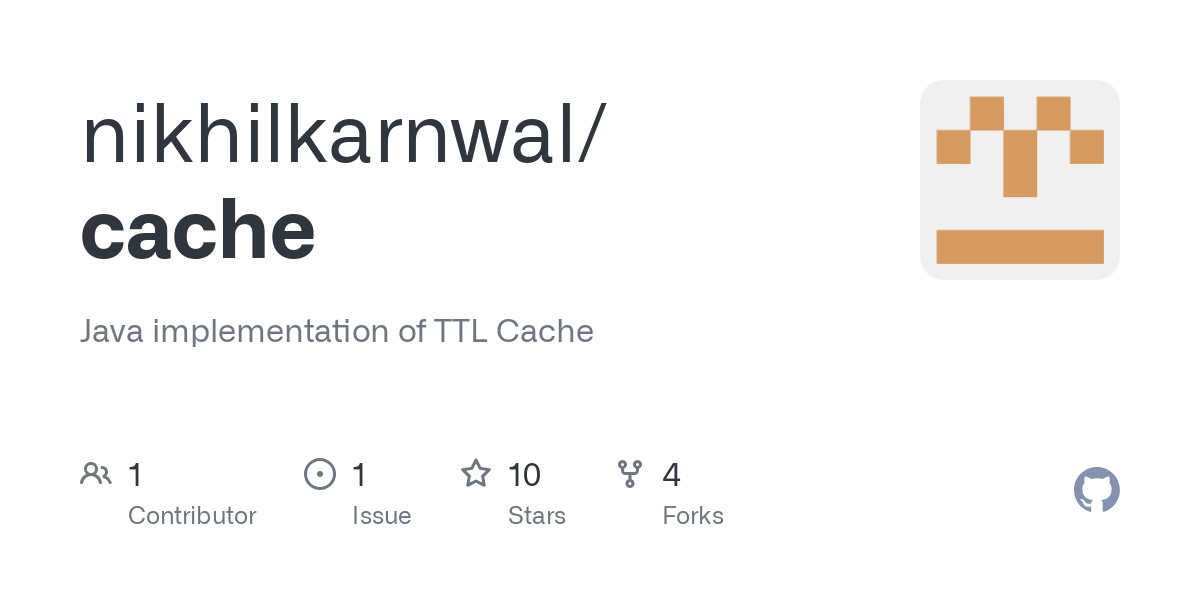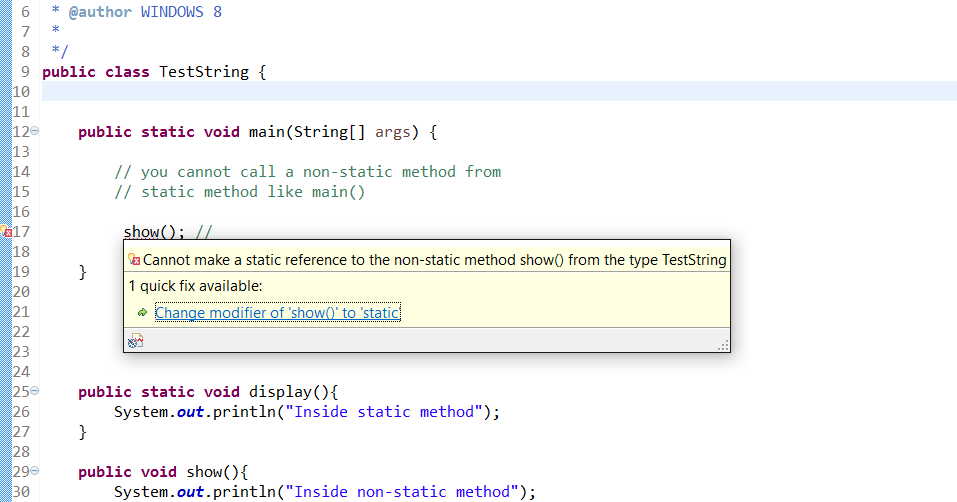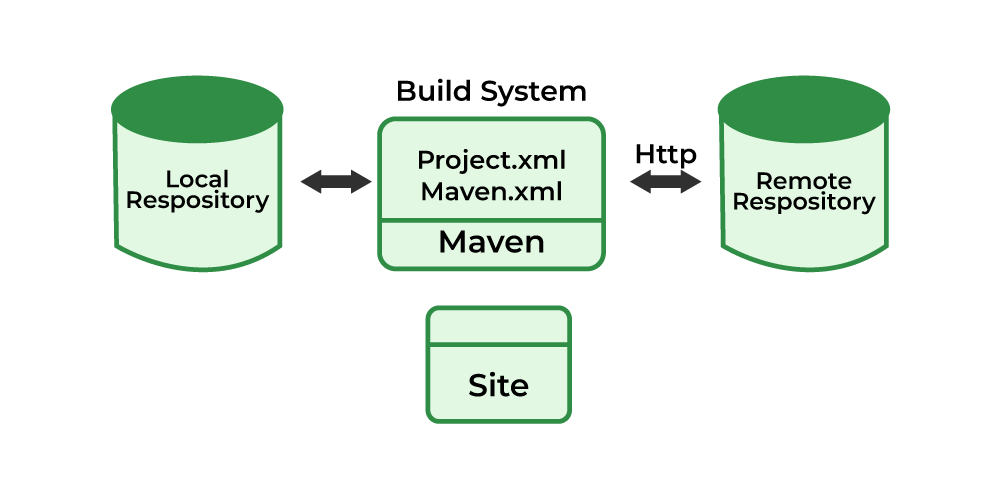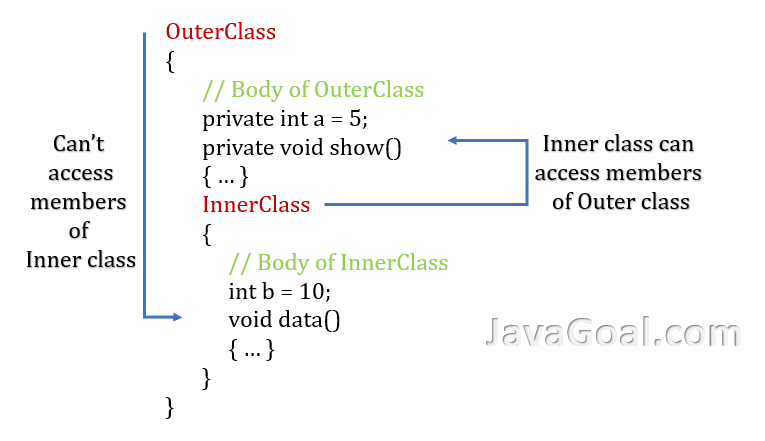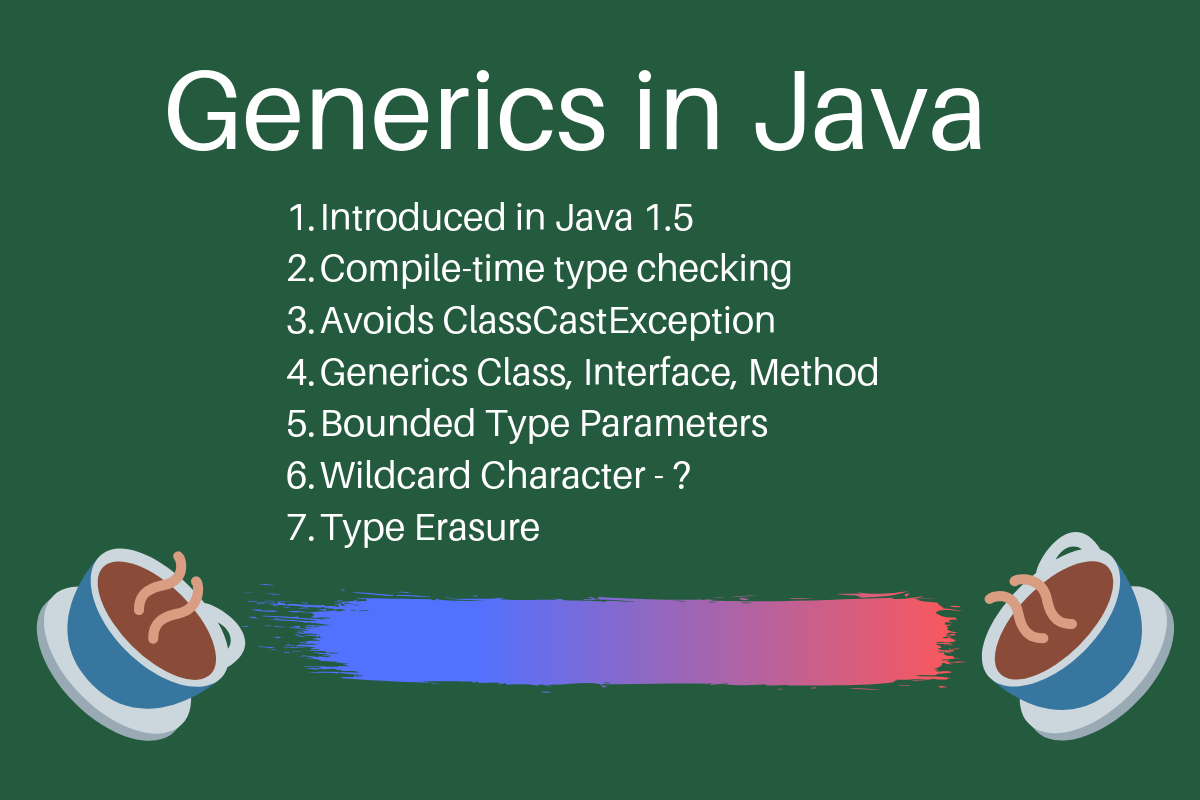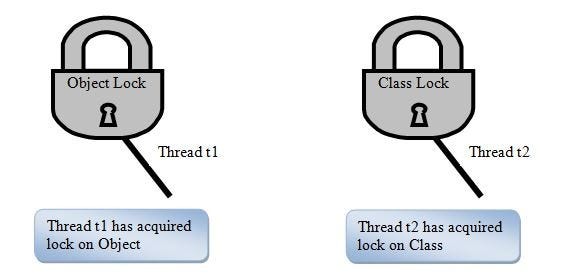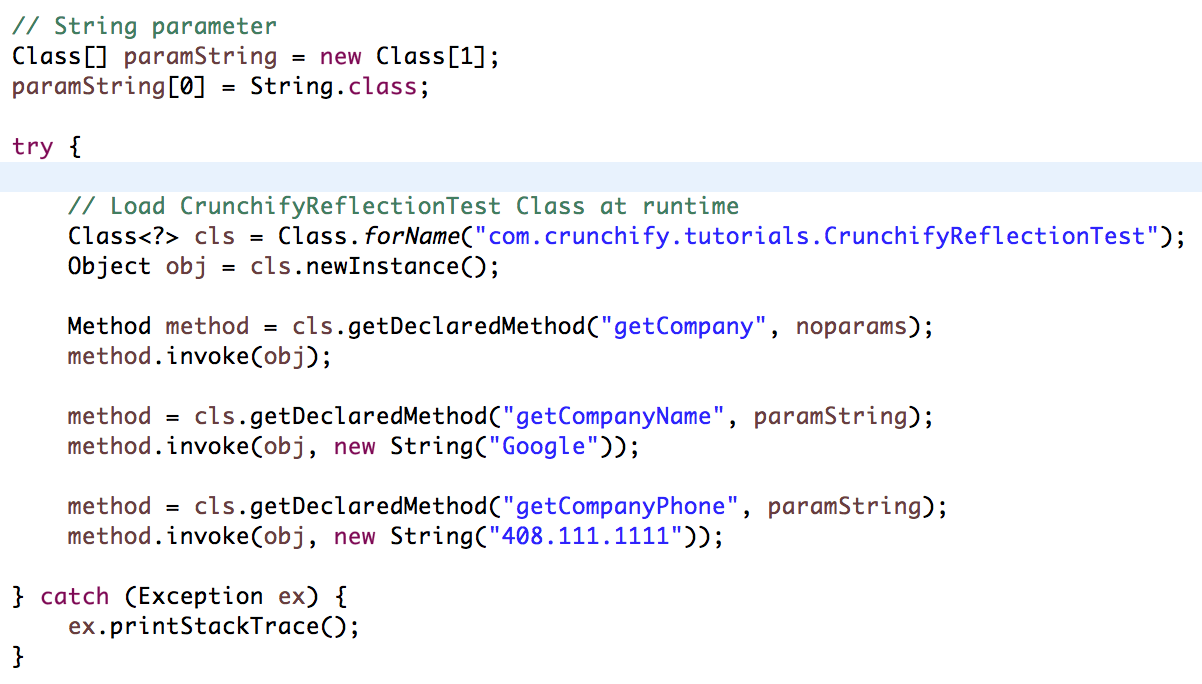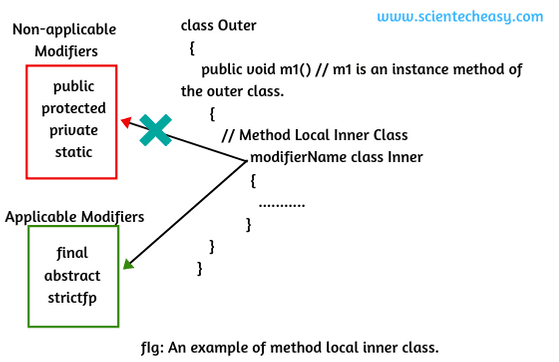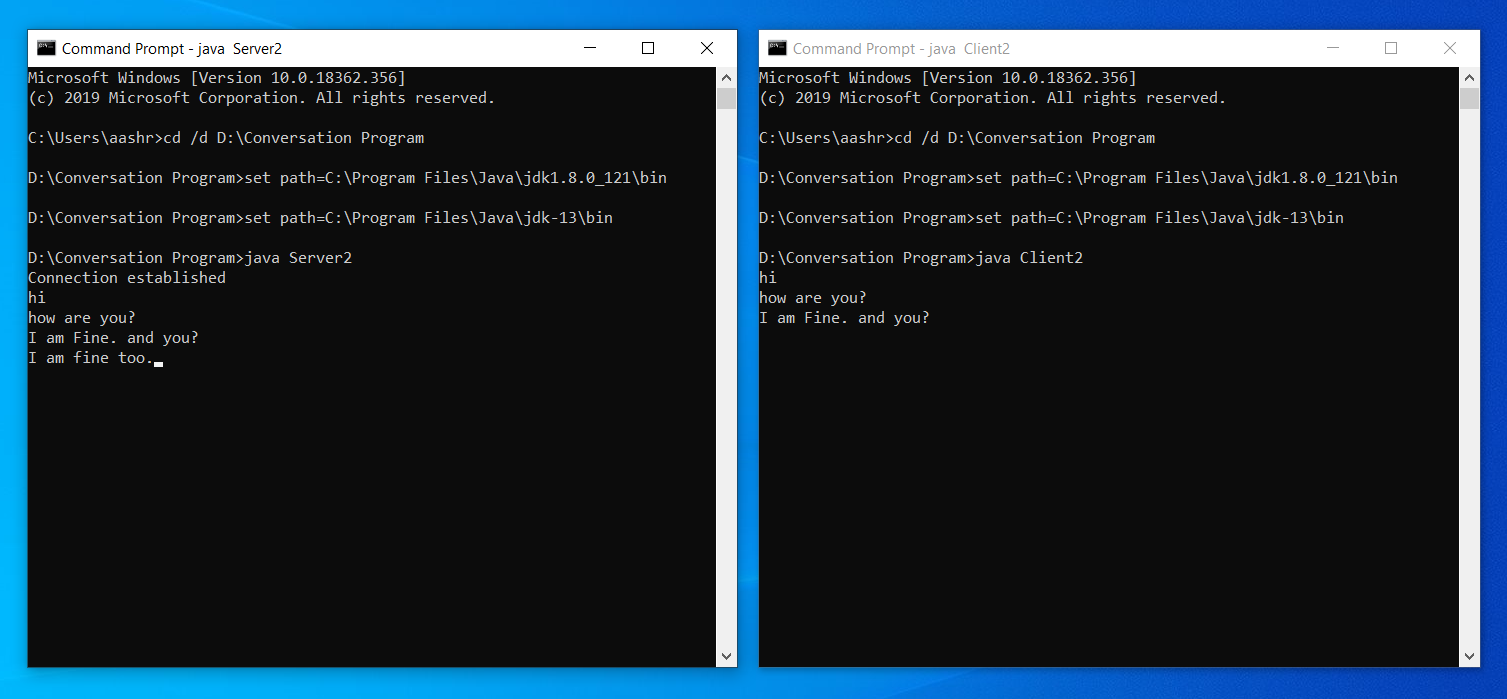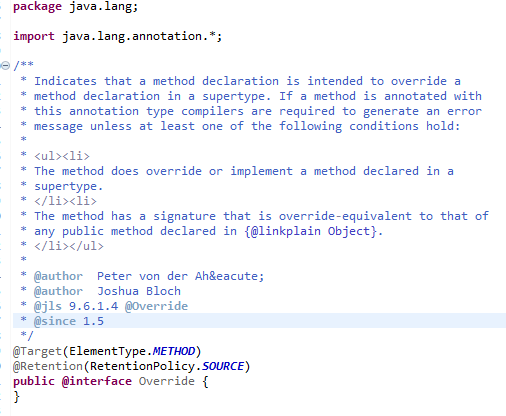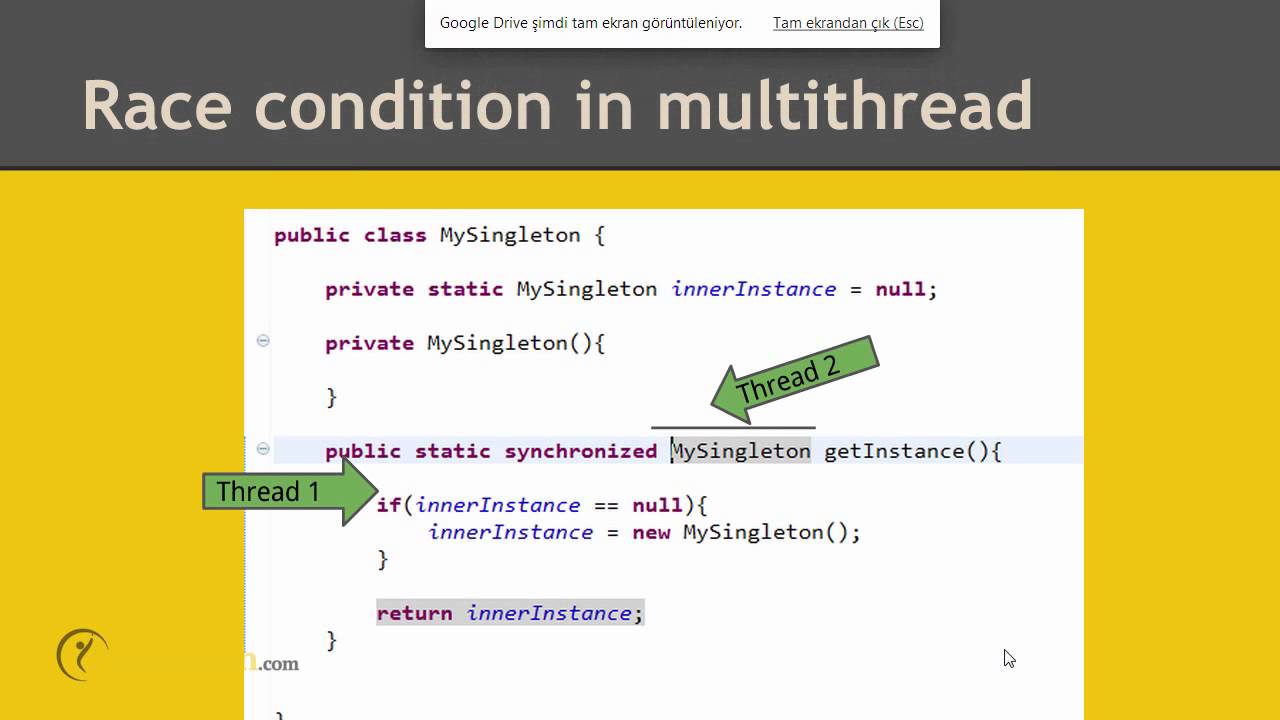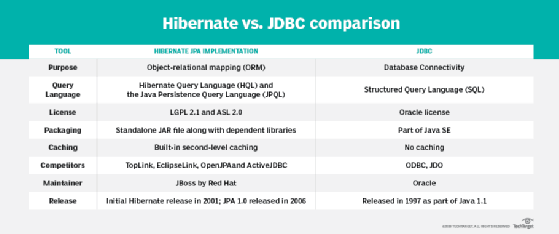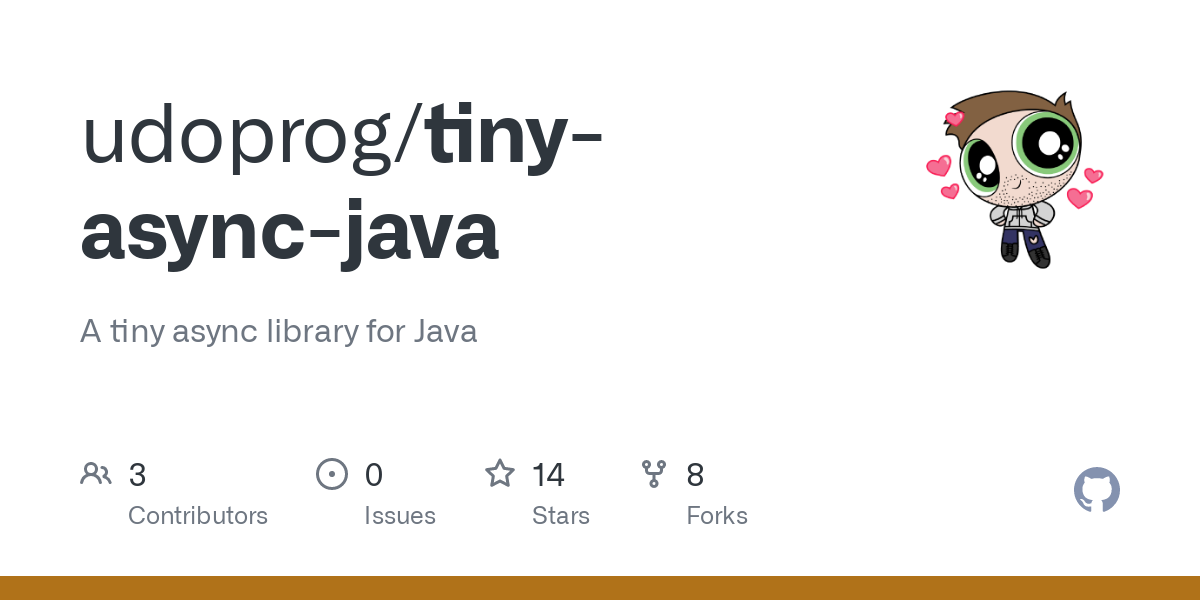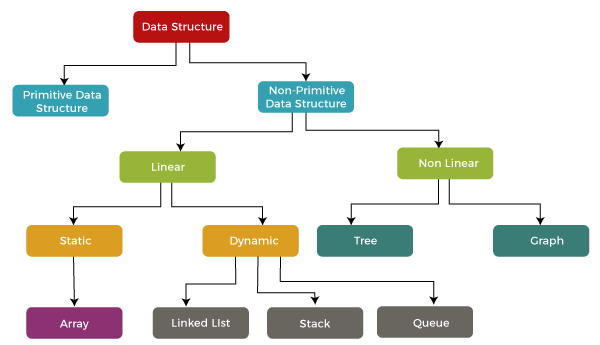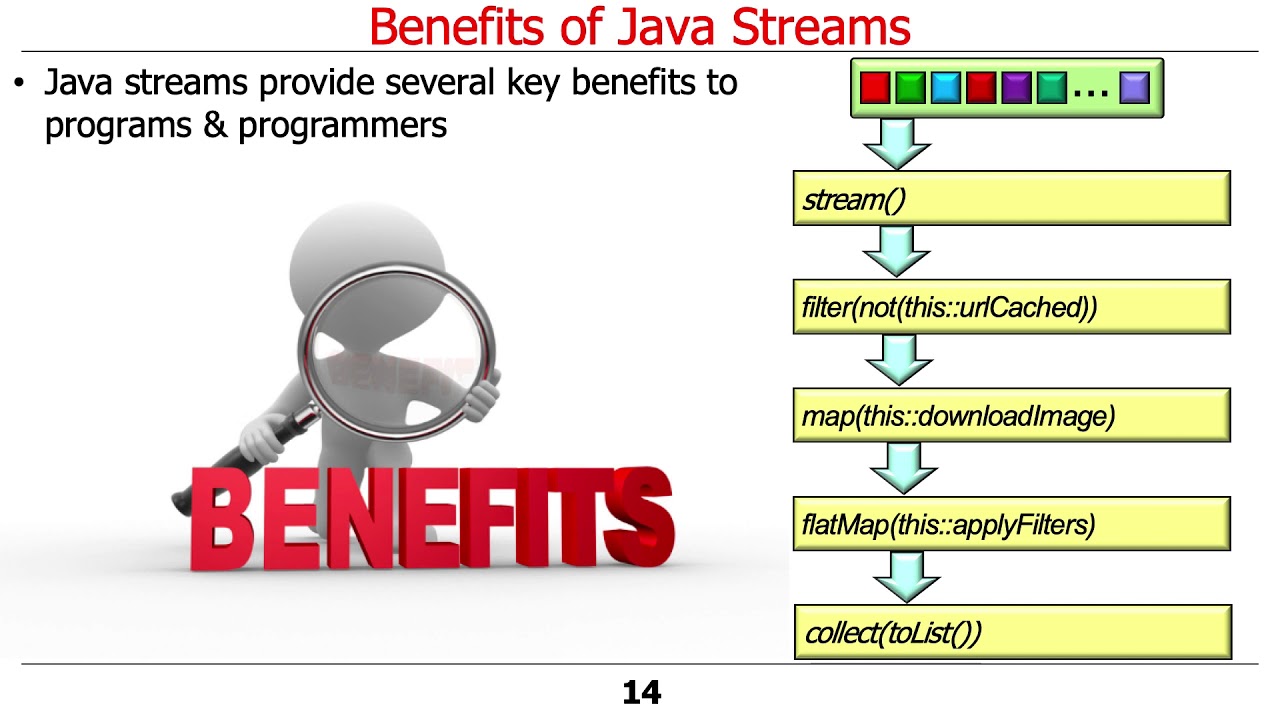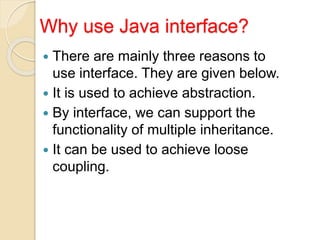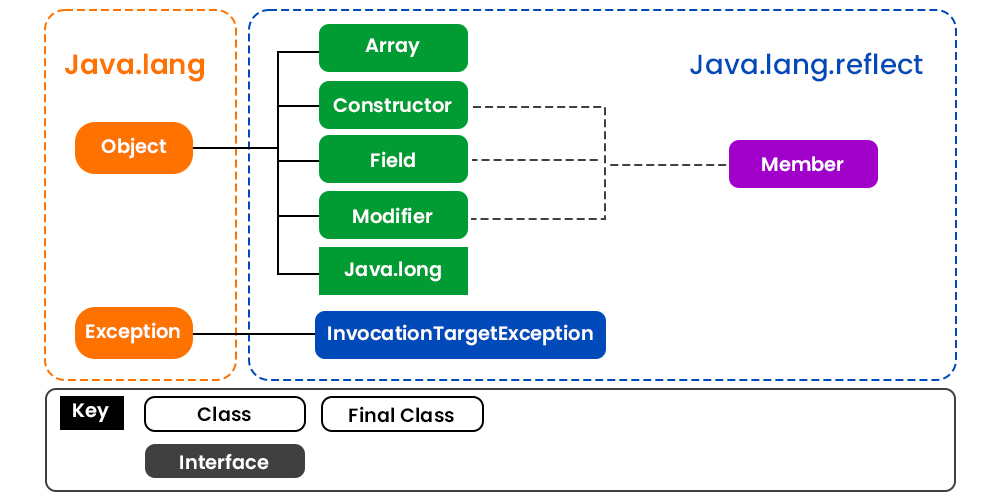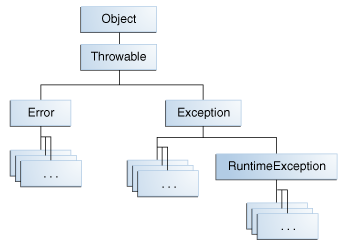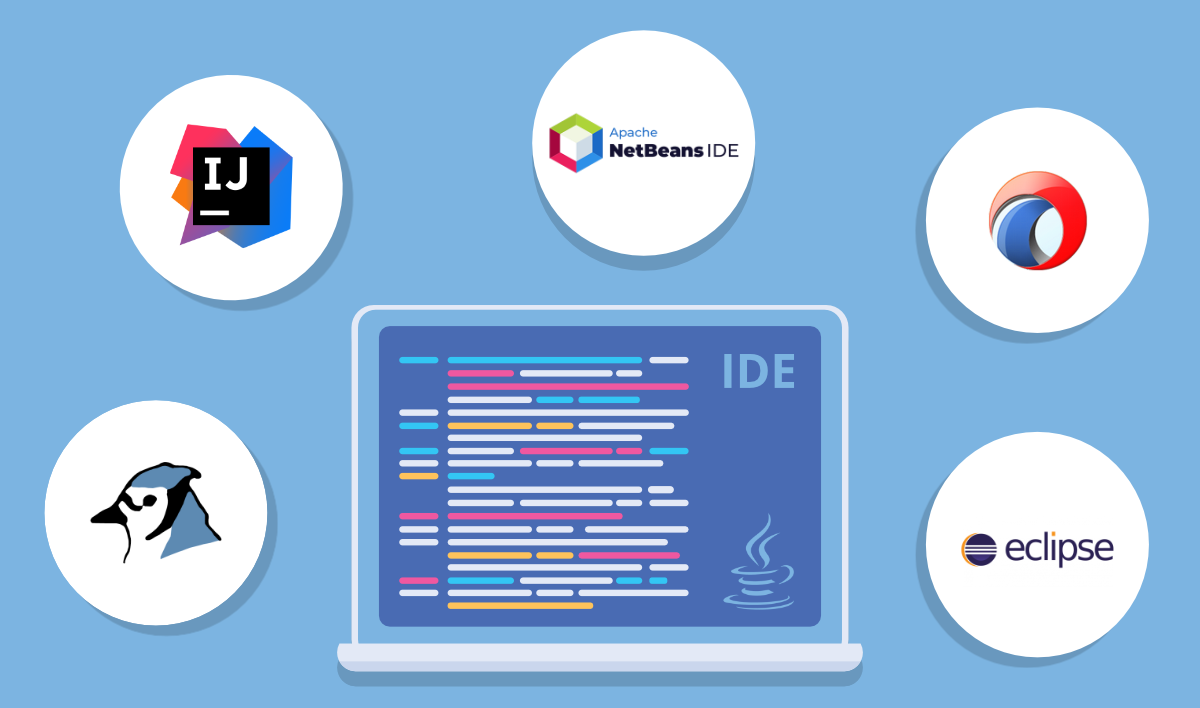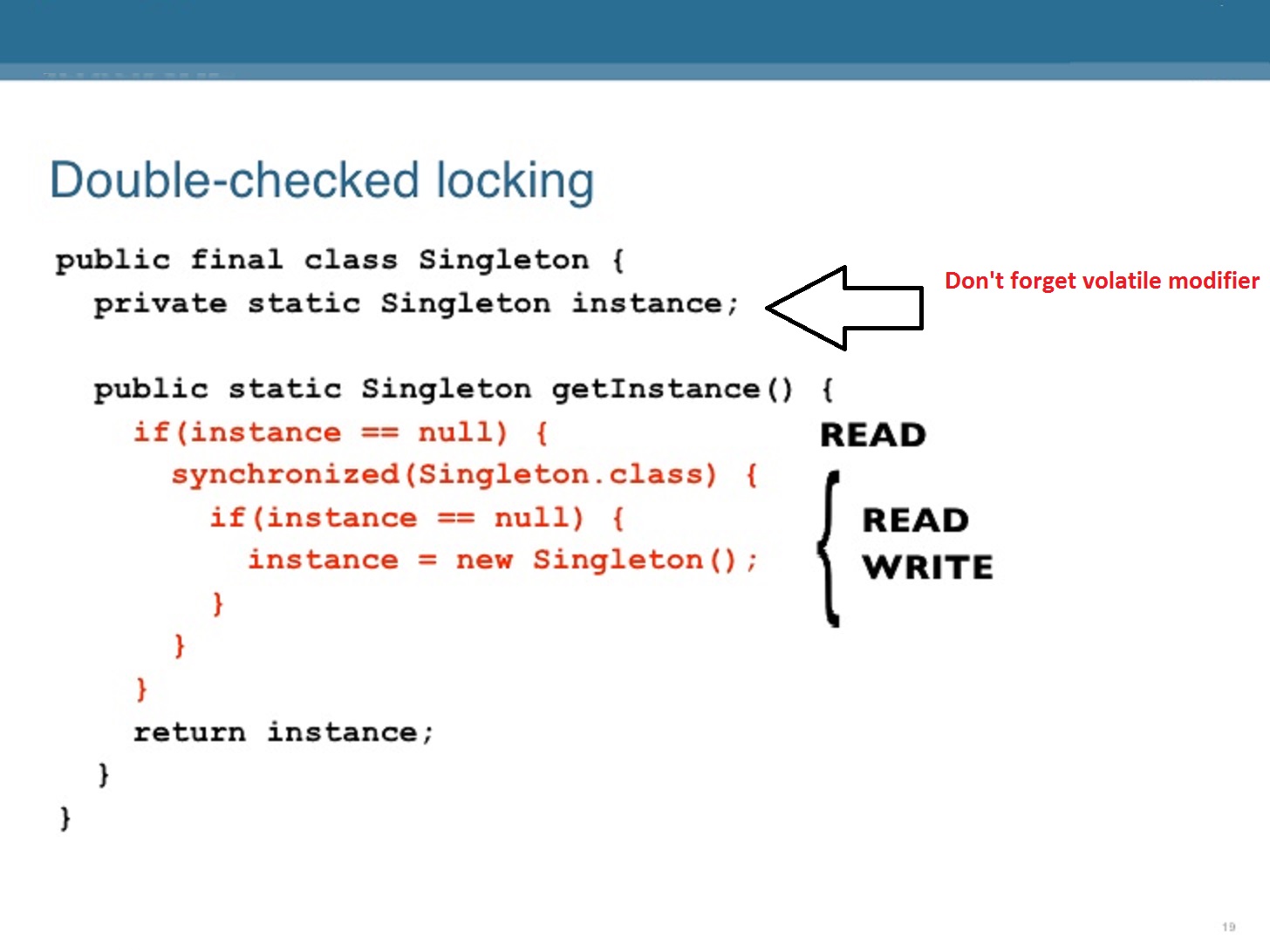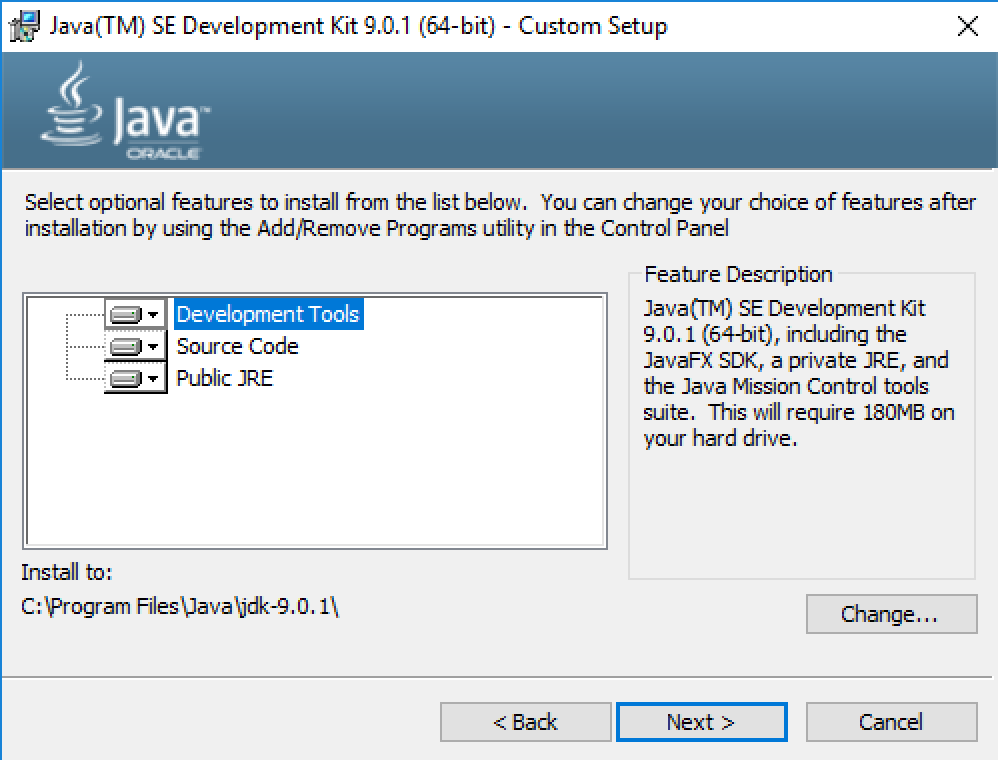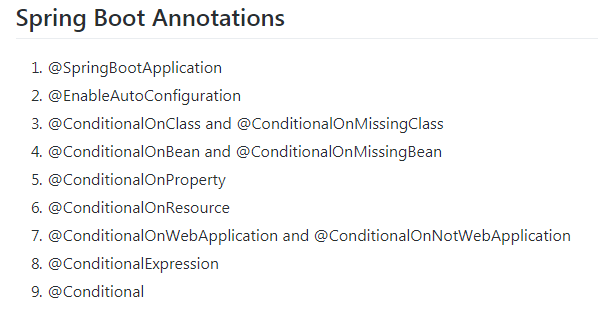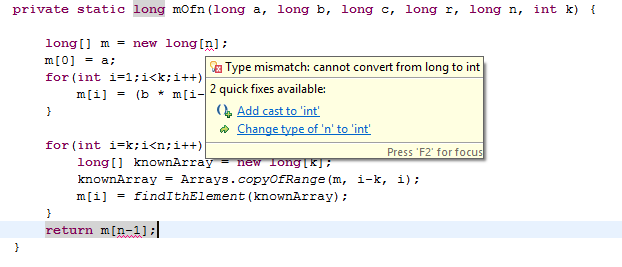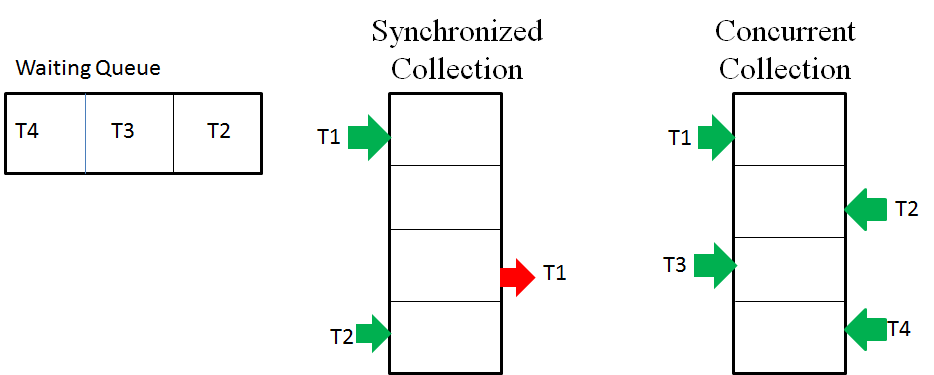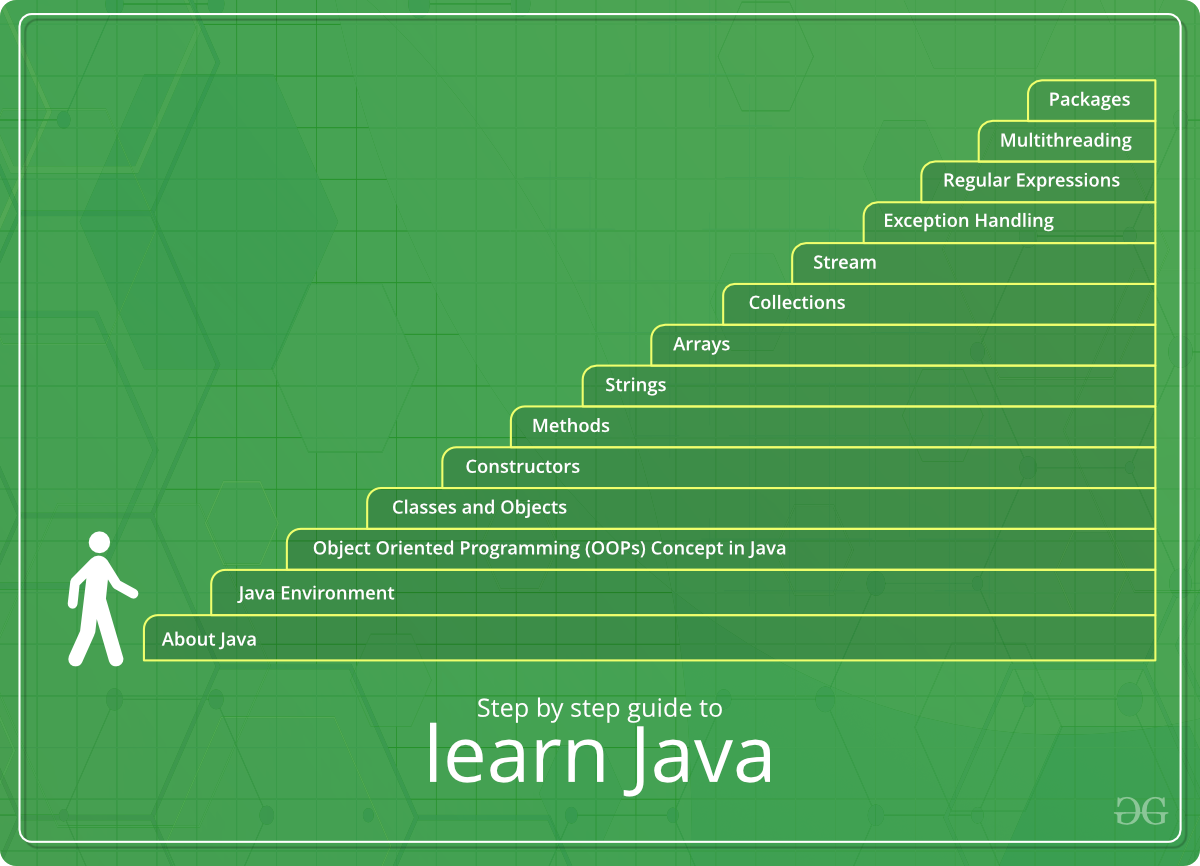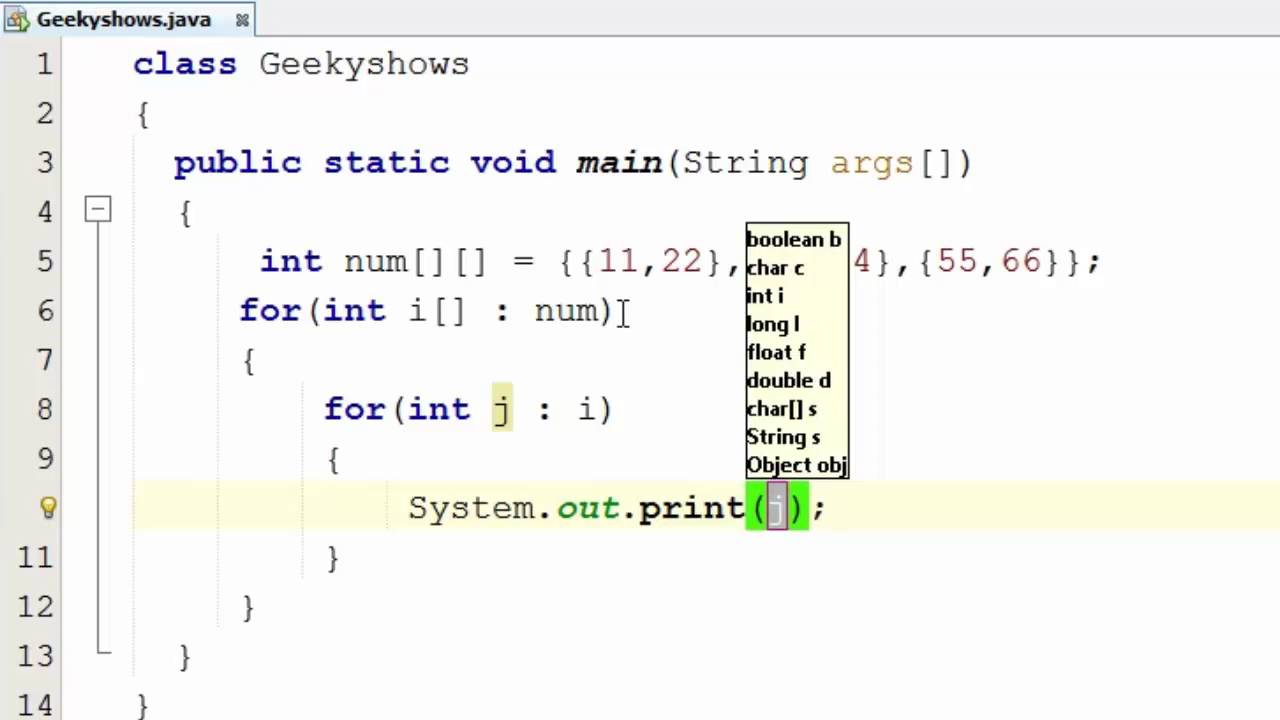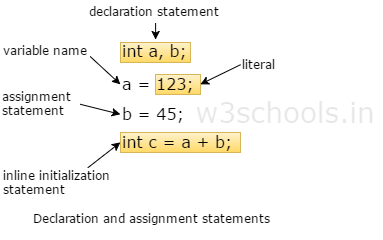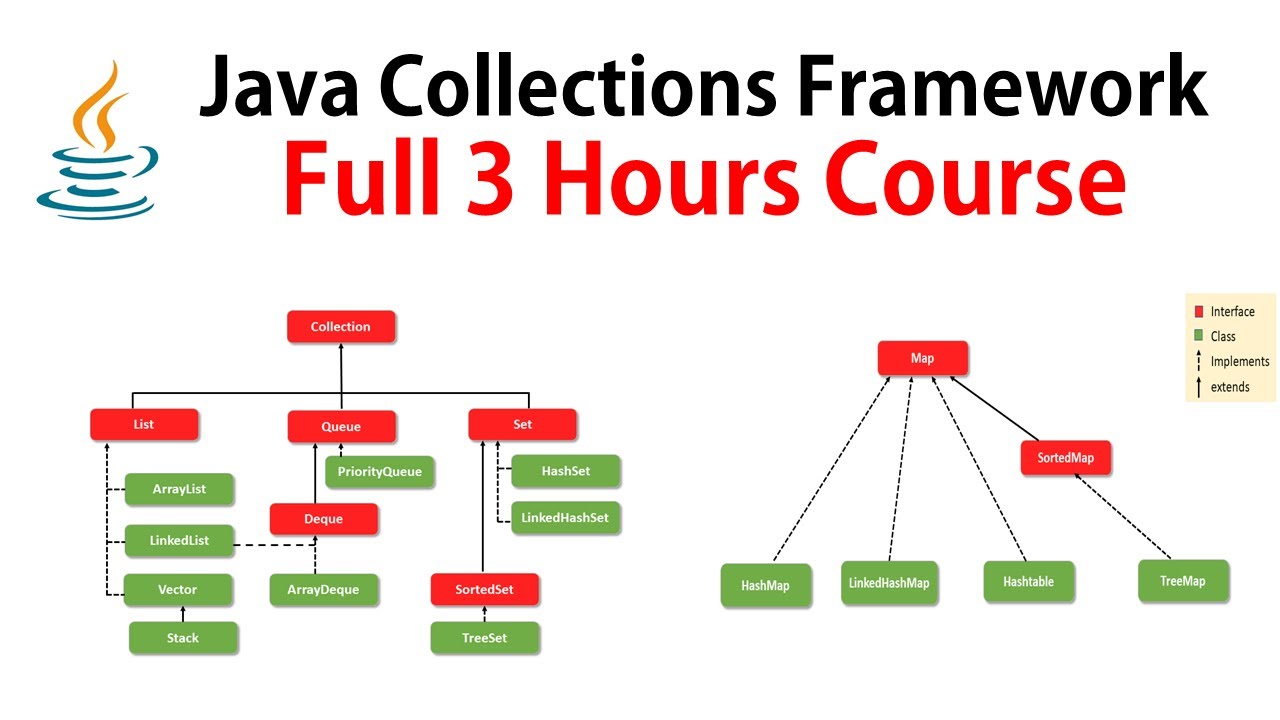What is the Fork-Join framework in Java?
What is the Fork-Join framework in Java?
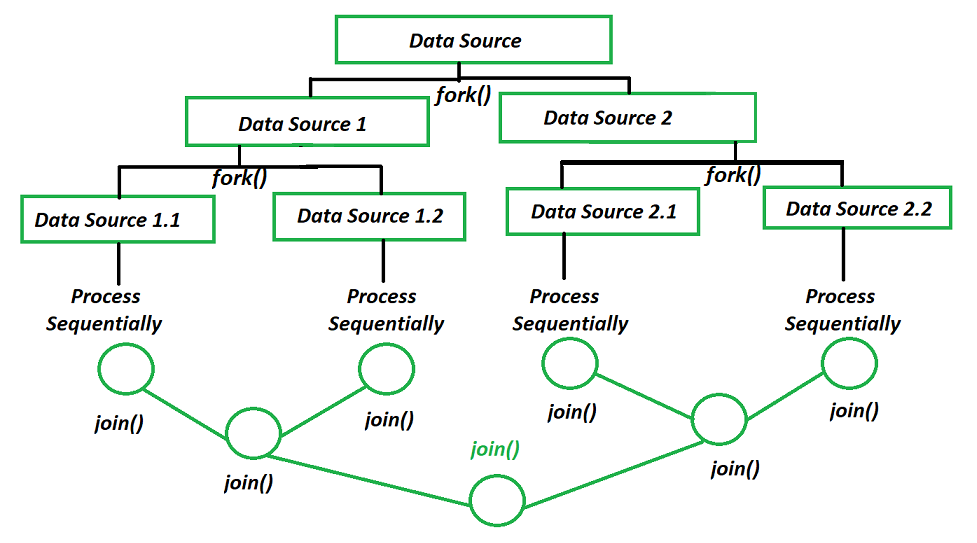
The Fork-Join Framework in Java!
In Java, the Fork-Join Framework is a high-level API for managing and executing fork-join tasks efficiently. It was introduced as part of Java 7 (Java SE 7) to simplify the process of creating and running parallel tasks, making it easier to take advantage of multi-core processors.
What is a Fork-Join Task?
A Fork-Join task represents a set of independent tasks that can be executed concurrently. A fork-join task consists of two phases:
Forking: Create multiple child tasks from a single parent task by "forking" the execution context. Joining: Wait for all child tasks to complete and then join their results to create the final result.Key Features
The Fork-Join Framework provides several key features that make it useful for developing concurrent and parallel programs:
Fork-Join Executor: The core component of the framework, responsible for managing and executing fork-join tasks. Task Submission: Submitting a task to the Fork-Join Executor can be done using various methods (e.g.,execute(), submit(), etc.). Result Handling: The framework provides mechanisms for handling results from completed child tasks, such as get() and isDone(). Exception Handling: The Fork-Join Framework can handle exceptions raised by child tasks, allowing you to write more robust code.
Advantages
The Fork-Join Framework offers several benefits when developing concurrent and parallel programs in Java:
Easier Task Parallelism: Simplifies the process of creating and executing parallel tasks. Improved Performance: Takes advantage of multi-core processors for improved performance and scalability. Simplified Exception Handling: Handles exceptions raised by child tasks, making it easier to write robust code.Use Cases
The Fork-Join Framework is particularly useful in scenarios where:
Independent Tasks: Multiple independent tasks need to be executed concurrently, such as processing a large dataset. High-Performance Computing: High-performance computing applications that require parallel processing for improved performance. Real-Time Processing: Real-time processing systems that require efficient execution of concurrent tasks.In summary, the Fork-Join Framework in Java provides a high-level API for managing and executing fork-join tasks efficiently, making it easier to develop concurrent and parallel programs that can take advantage of multi-core processors.
fork/join java geeksforgeeks
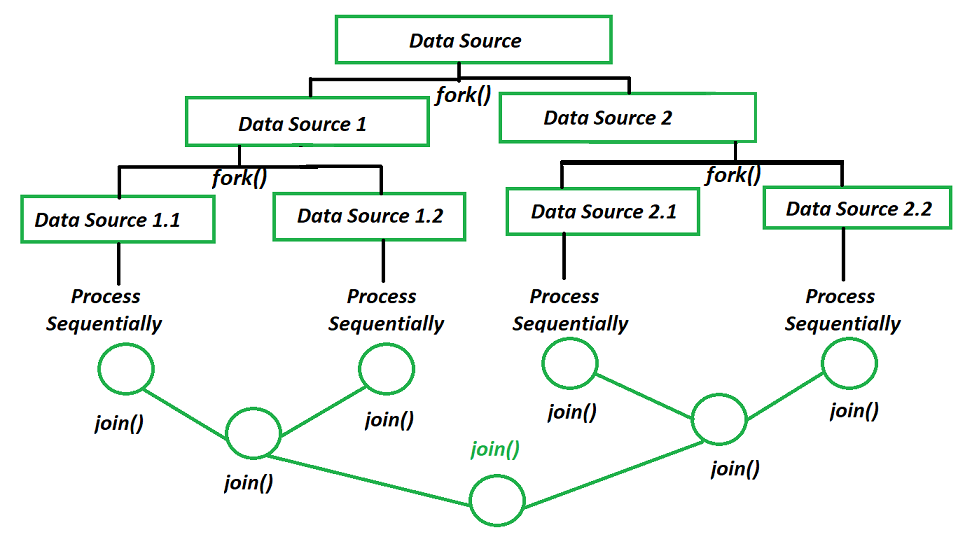
Geeks for Geeks! It's time to dive into the wonderful world of Java and concurrency!
Forking and joining are two fundamental concepts in concurrency programming, especially when working with threads in Java.
What is Forking?
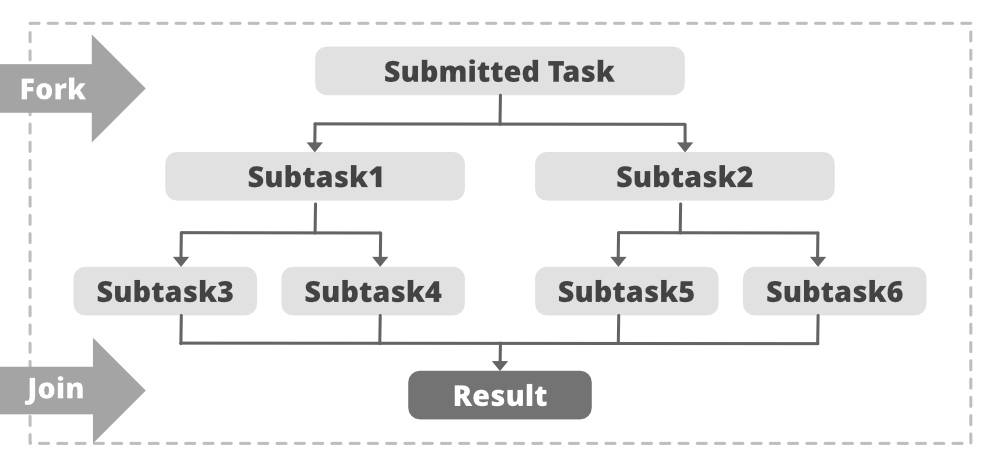
In a multithreaded environment, forking means creating a new thread that runs independently from its parent thread. Think of it like creating a new child process that inherits the parent's resources. When you fork a thread, the JVM creates a new Thread object and sets up the necessary resources (like memory) to run the new thread.
In Java, you can use the Thread#start() method to create a new thread and start running its code. This is similar to forking in Unix-like operating systems. Here's an example:
public class ForkingExample {public static void main(String[] args) {
Thread t = new MyThread();
t.start(); // Forcing the new thread to run
}
}
class MyThread extends Thread {
@Override
public void run() {
System.out.println("New thread started!");
}
}
What is Joining?
Joining, on the other hand, means allowing one thread to wait until another thread finishes its execution. Think of it like synchronizing two processes so that one can't proceed until the other has completed.
In Java, you can use the Thread#join() method to make a thread wait for another thread to finish. Here's an example:
public class JoiningExample {public static void main(String[] args) {
Thread t1 = new MyThread1();
Thread t2 = new MyThread2();
t1.start(); // Start the first thread
t2.start(); // Start the second thread
try {
t1.join(); // Wait for t1 to finish before proceeding with t2
} catch (InterruptedException e) {
Thread.currentThread().interrupt();
}
}
}
class MyThread1 extends Thread {
@Override
public void run() {
System.out.println("Thread 1 started!");
try {
Thread.sleep(2000); // Simulate some work being done
} catch (InterruptedException e) {
Thread.currentThread().interrupt();
}
System.out.println("Thread 1 finished!");
}
}
class MyThread2 extends Thread {
@Override
public void run() {
System.out.println("Thread 2 started!");
try {
Thread.sleep(1000); // Simulate some work being done
} catch (InterruptedException e) {
Thread.currentThread().interrupt();
}
System.out.println("Thread 2 finished!");
}
}
In this example, the main thread starts both t1 and t2, then waits for t1 to finish using t1.join(). Once t1 has completed, the main thread proceeds with t2.
Conclusion
Forking and joining are fundamental concepts in concurrency programming. In Java, you can use the Thread#start() method to create a new thread (forking) and the Thread#join() method to wait for another thread to finish its execution (joining). By mastering these techniques, you'll be able to write more efficient, scalable, and robust concurrent programs!
